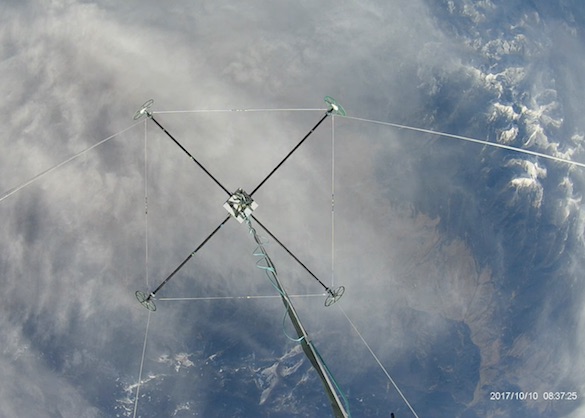High-Altitude Electromagnetic Sounding of Earth and Planetary Interiors
PI: Robert Grimm, Southwest Research Institute - Boulder, Charles Oden (Co-I), Earth Science Systems
PI: Robert Grimm, Southwest Research Institute - Boulder, Charles Oden (Co-I), Earth Science Systems

- TA08 Science Instruments, Observations and Sensor Systems
If proven successful, this technology will enable global study of the lithospheric structure of Venus and its relation to that planet's unique geodynamic style, groundwater on Mars, and a subsurface ocean on Titan. For Earth, the approach can be used to investigate geological hazards at the regional scale from earthquake fault zones, volcanoes, and landslides, as well as mapping sea-ice thickness and groundwater volumes.
TRL of this technology varies between Earth and planetary applications. The stratospheric balloon flights operate in the same environment as would subsequent terrestrial mapping experiments, except the instrumentation would be adapted to different platforms, i.e. entry TRL=4 and exit TRL=7. For planetary science, Earth's stratosphere is not fully relevant to Mars, Venus, or Titan, nor has the instrumentation yet been put on a direct path to space qualification, i.e. entry TRL=2 and exit TRL=4.
NASA
Technology Details
-
Selection DateNASA Internal (Jul 2016)
-
Program StatusActive
- 2 Balloon
Development Team
-
PIRobert Grimm
-
PI Organization
-
Co-ICharles Oden
-
Co-I Organization
-
SponsorNASA Science Mission Directorate
-
More Information

